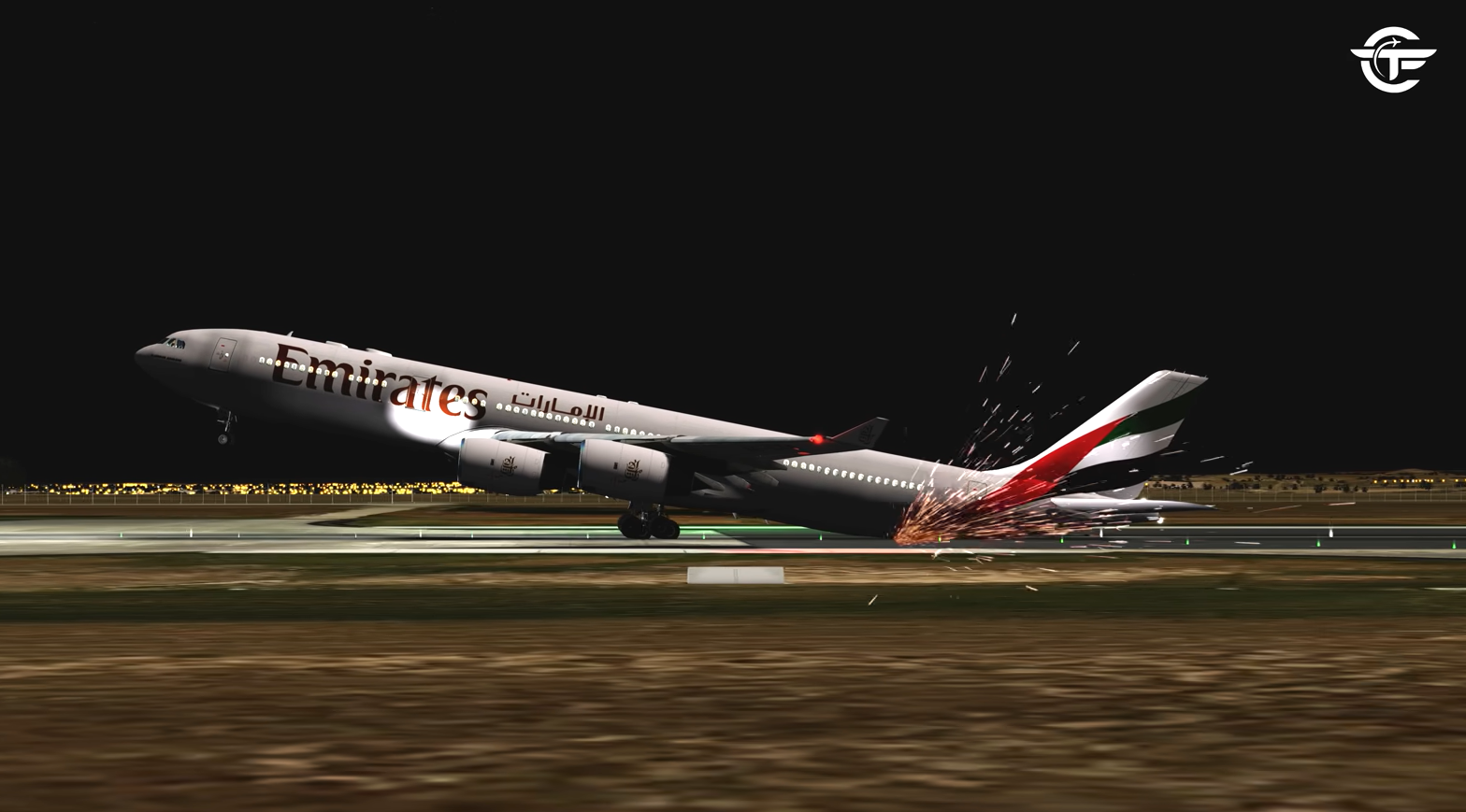Approaching midnight on the 20th of March 2009, an Emirates Airbus A340-500 was operating Flight EK407 bound for Dubai sustained tail strikes and overran the end of the runway of Melbourne Airport. What started as a routine flight turned into a nightmare when the aircraft sustained multiple tail strikes, resulting from the use of erroneous take-off performance parameters by the pilots.
Flight Details
On March 20th 2009, the Emirates Airbus A340-500 with registration A6-ERG was operating Flight EK407 from Auckland to Dubai with a stop in Melbourne. However, while departing from Melbourne, the A340 sustained tail strikes, hitting several structures at the end of the runway before climbing. It struck a runway strobe light and several antennae, which disabled the airport’s instrument landing system for runway 16.
Flight EK407 was under the command of a captain who had 8,195 hours in his logbook, including 1,372 hours in the Airbus A340. He was accompanied by his first officer, who had 8,316 flight hours including about 425 hours on this type. Onboard the flight was a relief captain with 12,486 flight hours and a relief first officer with 6,438 flight hours. There were 257 passengers and 18 crew members onboard the aircraft.
As the pilots were preparing for departure, the first officer inadvertently entered the incorrect take-off weight into the electronic flight bag (EFB) to calculate the performance parameters (take-off reference speeds, and flap and engine settings) for the takeoff from Melbourne’s runway 16. As the takeoff parameters calculation relies on the manual entry into the EFB of several pieces of data, including the aircraft’s take-off weight, incorrect parameter calculations were transcribed.
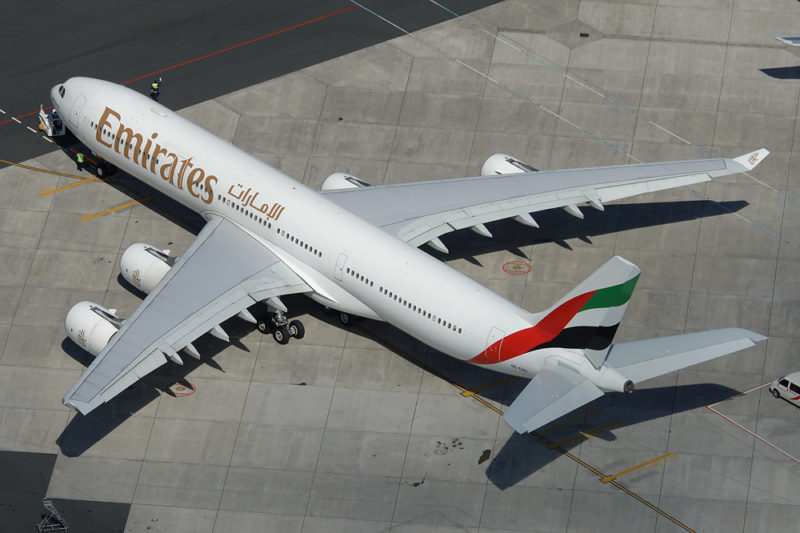
A base take-off weight of 361.9 tonnes was available for Flight EK407 from the aircraft’s flight management and guidance system (FMGS). The crew’s intention was to add an additional tonne to that figure to allow for any minor last-minute weight changes and enter the take-off weight of 362.9 tonnes into the EFB.
However, while entering the final take-off weight into the electronic flight bag, the F/O entered 262.9 tonnes instead of the intended 362.9 tonnes and did not notice that error. Shortly after entering a heavily erroneous take-off weight, the F/O handed the EFB to the captain to check the associated performance figures before entering the calculated performance parameters into the aircraft systems.
Unfortunately, the captain was distracted due to other activities in the cockpit, which resulted in him not detecting the incorrect take-off weight and associated performance parameters. Usually, the captain’s check is required to include a verbal check between the two pilots. However, that verbal check was omitted, probably due to various distractions and the preoccupation of the F/O with confirming the departure clearance with the ATC.
The captain entered the EFB performance parameters into the FMGS and crosschecked them with the F/O against the previously-transcribed values on the flight plan. As a result, the weight error remained undetected and the incorrect weight and associated performance parameters were then transcribed onto the flight plan for later reference.
Tailstrike and Return to Melbourne
At 22:30 local time, the ATC cleared flight EK407 to line up and subsequently cleared the aircraft for takeoff from runway 16. The first officer was the pilot flying whereas the captain was monitoring. When the aircraft reached the calculated rotation speed, the captain called for the first officer to rotate the aircraft, after which the F/O applied a back-stick (nose up) command to the sidestick. However, the aircraft did not respond as expected and the nose did not rise as expected.
The captain again called “Rotate” and the first officer pulled back further. Even though the nose began to rise, the aircraft failed to lift off the runway, as it was travelling too slowly to lift off. Sensing that something was wrong, the captain immediately selected take-off go-around (TO/GA, or full) thrust on the thrust levers, which responded immediately and the aircraft accelerated as it passed off the end of the runway, along the stopway, and across the grassed clearway.
At about the same time, the aircraft sustained tail strikes and became airborne around 3 seconds after the selection of TO/GA, 148 meters beyond the end of the runway. It was a “Close Call”! Flight EK407 eventually became airborne but struck a runway 34 lead-in sequence strobe light and several antennae, which damaged and disabled the instrument landing system for runway 16.
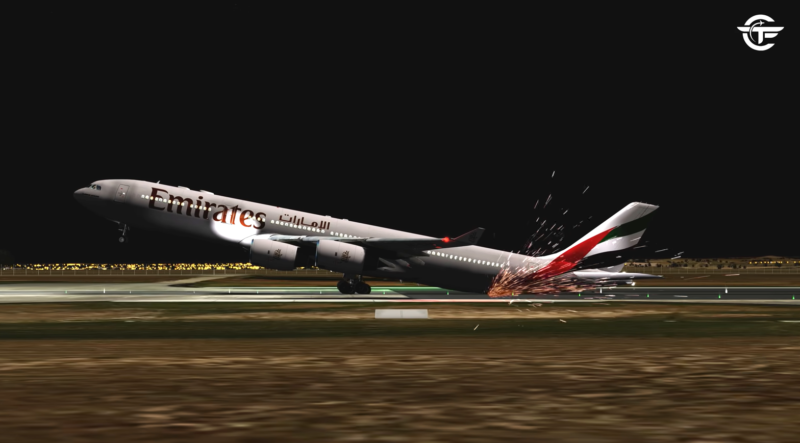
Shortly after, the crew members were alerted to a tailstrike by an automated message in the cockpit and a radio call from the air traffic control. As a result, the crew decided to return to Melbourne to assess the damage. Before doing so, they climbed to 7,000 feet and started circling over Port Phillip Bay, Victoria, while jettisoning fuel to reduce the aircraft’s weight to 280 tonnes.
As reported by the ATSB, the flight crew made three independent calculations of the landing performance using two different references – the EFB and the quick reference handbook (QRH), to ensure that there were no further performance calculation errors. The flight crew then returned to Melbourne for an uneventful landing and landed safely on runway 34 one hour and four minutes after departure.
During the latter stages of the approach, the first officer briefed the purser on the possibility of an evacuation after landing. However, after the landing, the captain advised the cabin crew members to revert to normal operations, and the aircraft taxied back to the terminal where the passengers disembarked. None of the passengers and crew members was injured.
Aircraft Damage and Findings
A thorough inspection of the aircraft revealed serious damage to the underside of the rear fuselage, where the lower skin panels completely stripped off its external sheet by contact with the runway surface. As the tail struck the runway with considerable force, the skin was worn through its full thickness in some areas and grass and soil were caught in the airframe structure.
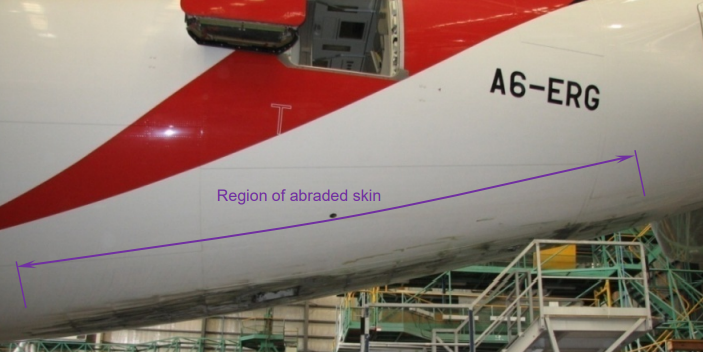
Furthermore, a service panel was dislodged and was found beyond the end of runway 16, along with numerous pieces of metal from the stripped lower skin panels. Alongside, the rear fuselage contained several contact marks. Numerous fuselage frames and stringers in the rear fuselage area were damaged by abrasion and contact forces during the tail strike.
Moreover, the aircraft struck the runway 16 localizer near-field monitor antenna and the main localizer antenna array.
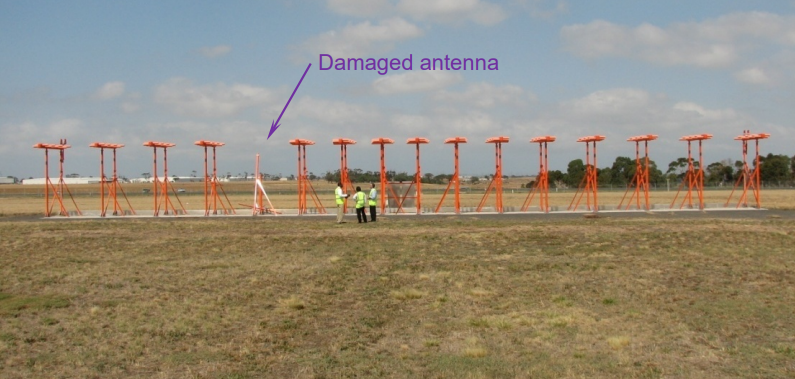
The investigation into the Emirates Flight 407 incident was conducted by the Australian Transport Safety Bureau (ATSB) in collaboration with other aviation safety organizations. Although a number of contributing factors were identified, the ATSB determined that there were two primary factors in the development of the accident as follows:
- The flight crew did not detect the erroneous take-off weight that was used for the take-off performance calculations.
- The flight crew did not detect the degraded take-off performance until very late in the take-off roll.
It was also found that during the pre-departure phase, the flight crew did not complete all of the tasks in the standard operating procedures, which contributed to them not detecting the error. Furthermore, the investigation concluded that the F/O had changed the first digit of the FLEX take-off weight on the master flight plan during the load sheet confirmation procedure, believing it had been transcribed incorrectly, which removed another opportunity for the flight crew to detect the error.
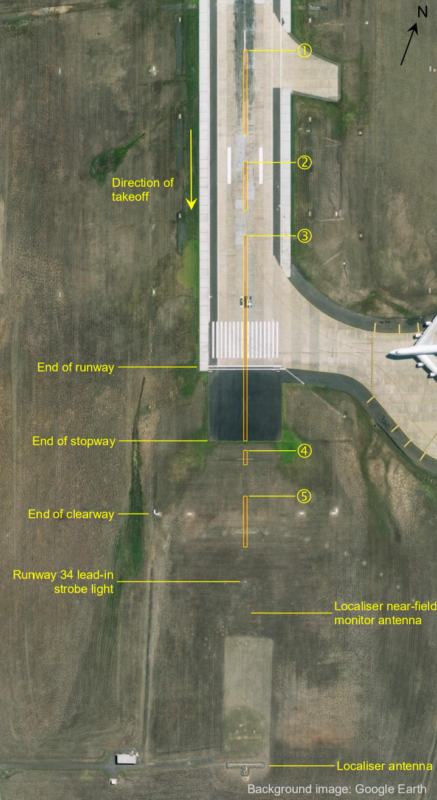
Aftermath
Following this event, Emirates reviewed its preflight procedures, mandating the duplication of laptop computers used for preflight planning so as to ensure dual data entry. They also advised that they were developing an avionics system for take-off acceleration monitoring and alerting. Moreover, Airbus updated its software to detect such erroneous data.
In addition, the ATSB issued a safety recommendation to the United States Federal Aviation Administration (FAA) and a safety advisory notice to the International Air Transport Association (IATA) and the Flight Safety Foundation in an effort to minimize the likelihood of future similar events. The ATSB also prioritized improving procedures for calculating takeoff speeds and for conducting pre-flight checks.
In an interview, one of the pilots, quoted anonymously, described the take-off as a miracle.
“I still don’t know how we got it off the ground. I thought we were going to die, it was that close.”
After being interviewed by investigators, the pilots returned to Dubai. Both the captain and the first officer were asked to resign from Emirates upon their arrival in Dubai, and both did so.
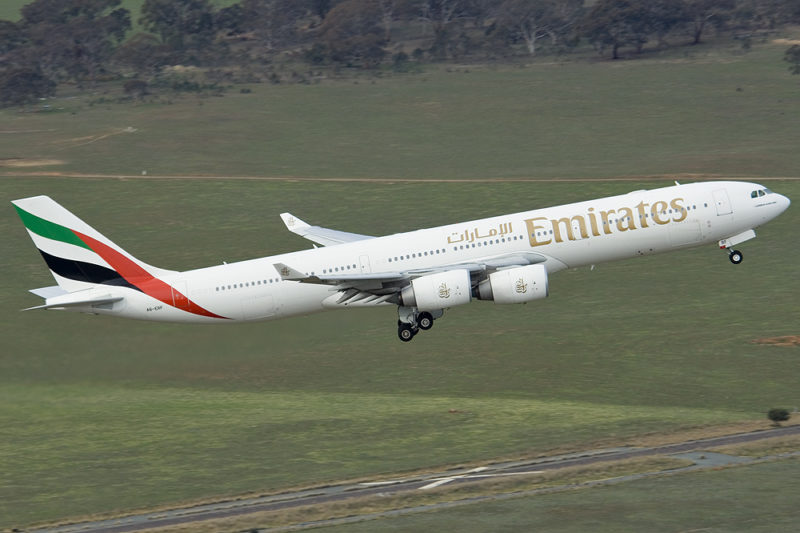
The Airbus A340 involved in the incident was repaired and returned to service several months later. On the 1st of December 2009, the aircraft made its first revenue flight after repairs and remained in service with the Dubai-based carrier until 2014, before it was eventually withdrawn from service.
Emirates flight EK407 highlights the importance of proper pre-flight checks and correct calculation of takeoff speeds to ensure safe flight operations. The investigation and subsequent recommendations have contributed to improving aviation safety and preventing similar incidents from occurring in the future.
Feature Image: TheFlightChannel


